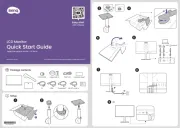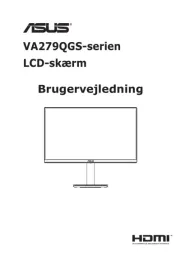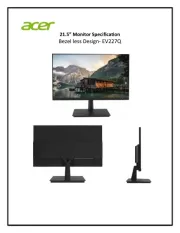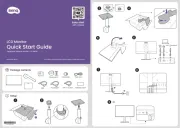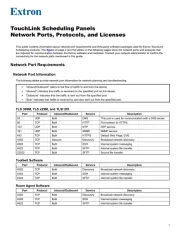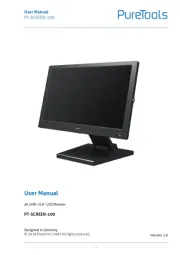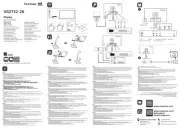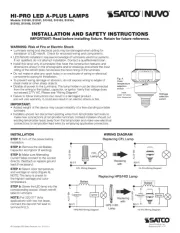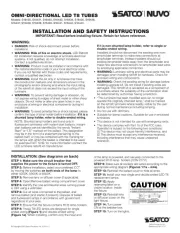Eizo DuraVision FDF2382WT Manual
Læs gratis den danske manual til Eizo DuraVision FDF2382WT (46 sider) i kategorien overvåge. Denne vejledning er vurderet som hjælpsom af 15 personer og har en gennemsnitlig bedømmelse på 4.5 stjerner ud af 8 anmeldelser.
Har du et spørgsmål om Eizo DuraVision FDF2382WT, eller vil du spørge andre brugere om produktet?
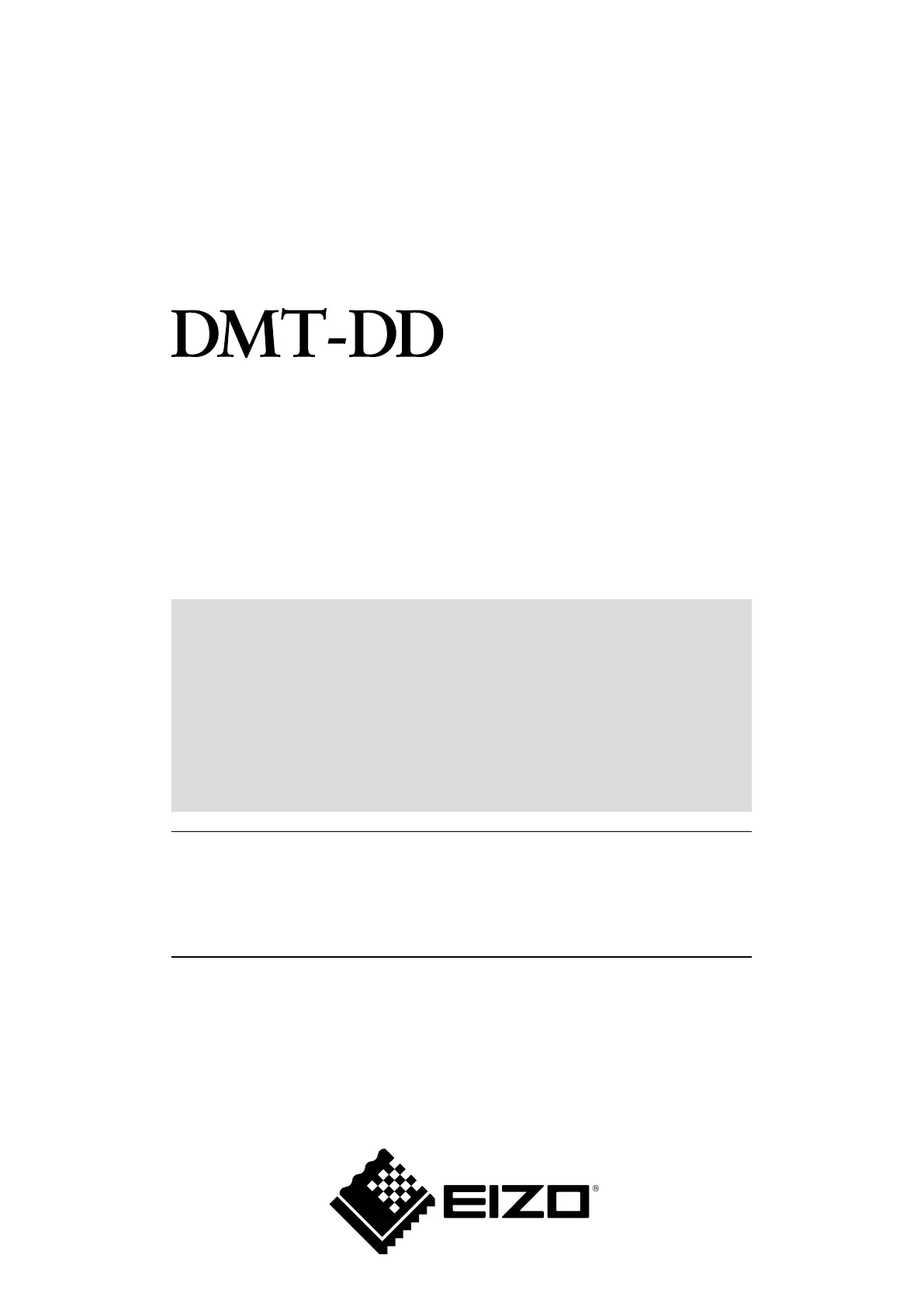
Produkt Specifikationer
| Mærke: | Eizo |
| Kategori: | overvåge |
| Model: | DuraVision FDF2382WT |
| Vekselstrømsindgangsspænding: | 100 - 240 V |
| Vekselstrømsindgangsfrekvens: | 50 - 60 Hz |
| Produktfarve: | Sort |
| Skærm diagonal: | 23 " |
| Skærmopløsning: | 1920 x 1080 pixel |
| Berøringsskærm: | Ja |
| HD-type: | Fuld HD |
| Skærmteknologi: | LED |
| Naturligt aspektforhold: | 16:9 |
| Skærmens lysstyrke: | 260 cd/m² |
| Responstid: | 11 ms |
| Synsvinkel, horisontal: | 178 ° |
| Synsvinkel, vertikal: | 178 ° |
| Skærm form: | Flad |
| Skærm diagonal (metrisk): | 58 cm |
| Indbyggede højttaler(e): | Ja |
| DVI-port: | Ja |
| Udgange til hovedtelefoner: | 1 |
| Skærmvisning (OSD): | Ja |
| OSD-sprog: | CHI (SIMPL), DEU, ENG, ESP, FRE, ITA, JPN, SWE |
| VESA montering: | Ja |
| Panel montering grænseflade: | 100 x 100 mm |
| Strømforbrug (standby): | 0.7 W |
| Strømforbrug (typisk): | 14 W |
| Bredde (uden stativ): | 556.7 mm |
| Dybde (uden stativ): | 54 mm |
| Højde (uden stativ): | 339.2 mm |
| Vægt (uden stativ): | 6000 g |
| Bredde (med stativ): | 556.7 mm |
| Dybde (med stativ): | 216.3 mm |
| Højde (med stativ): | 353.9 mm |
| Vægt (med stativ): | 6600 g |
| Kabler inkluderet: | AC, Audio (3.5mm), DVI, DisplayPort, USB |
| Energiforbrug (SDR) pr. 1000 timer: | 21 kWh |
| Certificering: | CE, C-Tick, CB, cTÜVus, FCC-B, CAN ICES-3 (B), TÜV/S, \nVCCI-B, RoHS, WEEE, CCC, GOST-R |
| Energieffektivitetsklasse (SDR): | F |
| Energieffektivitetsskala: | A til G |
| Harmoniseret systemkode (HS): | 85285210 |
| LED-baggrundsbelysning: | Ja |
| Indbygget kamera: | Ingen |
| Understøttet placering: | Vandret |
| Paneltype: | IPS |
| Mikrofonindgang: | Ja |
| Vis antal farver: | 16,78 millioner farver |
| Type af baggrundslys: | LED |
| Maksimal opdateringshastighed: | 60 Hz |
| Kontrastforhold (typisk): | 1000:1 |
| Pixel pitch: | 0.265 x 0.265 mm |
| Synlig størrelse, horisontal: | 509.2 mm |
| Synlig størrelse, vertikal: | 286.4 mm |
| AMD FreeSync: | Ingen |
| NVIDIA G-SYNC: | Ingen |
| Indbygget USB-hub: | Ja |
| Antal DisplayPorts: | 1 |
| Udgang til hovedtelefoner: | Ja |
| Antal VGA-porte (D-sub): | 1 |
| Antal USB type-A downstream-porte: | 2 |
| Højdejustering: | Ja |
| Akse: | Ja |
| Hældningsvinkelområde: | 17 - 70 ° |
| Berøringsskærmstype: | Bordplade |
| Berøringsteknologi: | Multi-touch |
| Antal upstream-porte: | 1 |
| USB upstream port type: | USB Type-B |
| Hældningsindstilling: | Ja |
| Antal simultane touchpunkter: | 10 |
| Berøringsskærm teknologi: | Projekteret kapacitivt systemet |
| USB-berøringsporte: | Ja |
| Antal USB-berøringsporte: | 1 |
| Kode for europæisk produktregister for energimærkning (EPREL): | 373359 |
Har du brug for hjælp?
Hvis du har brug for hjælp til Eizo DuraVision FDF2382WT stil et spørgsmål nedenfor, og andre brugere vil svare dig
overvåge Eizo Manualer
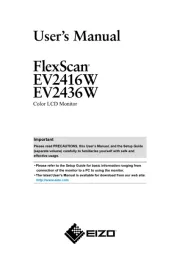


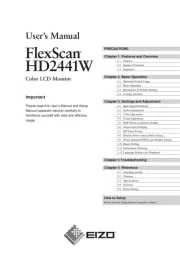
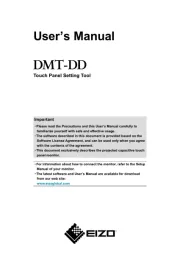
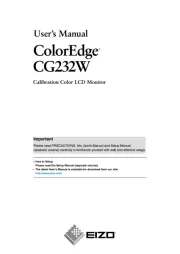

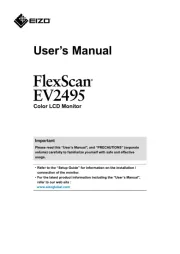

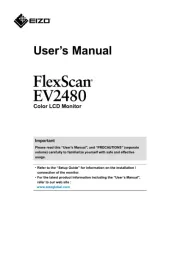
overvåge Manualer
- Bosch
- Akuvox
- CTOUCH
- Barco
- NewStar
- APC
- Nixeus
- ARRI
- PureTools
- Mad Catz
- TVLogic
- CoolerMaster
- Westinghouse
- Simrad
- Christie
Nyeste overvåge Manualer
